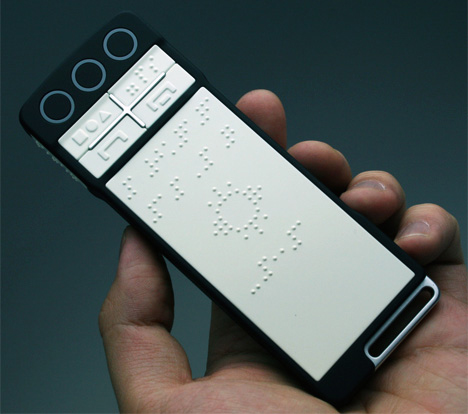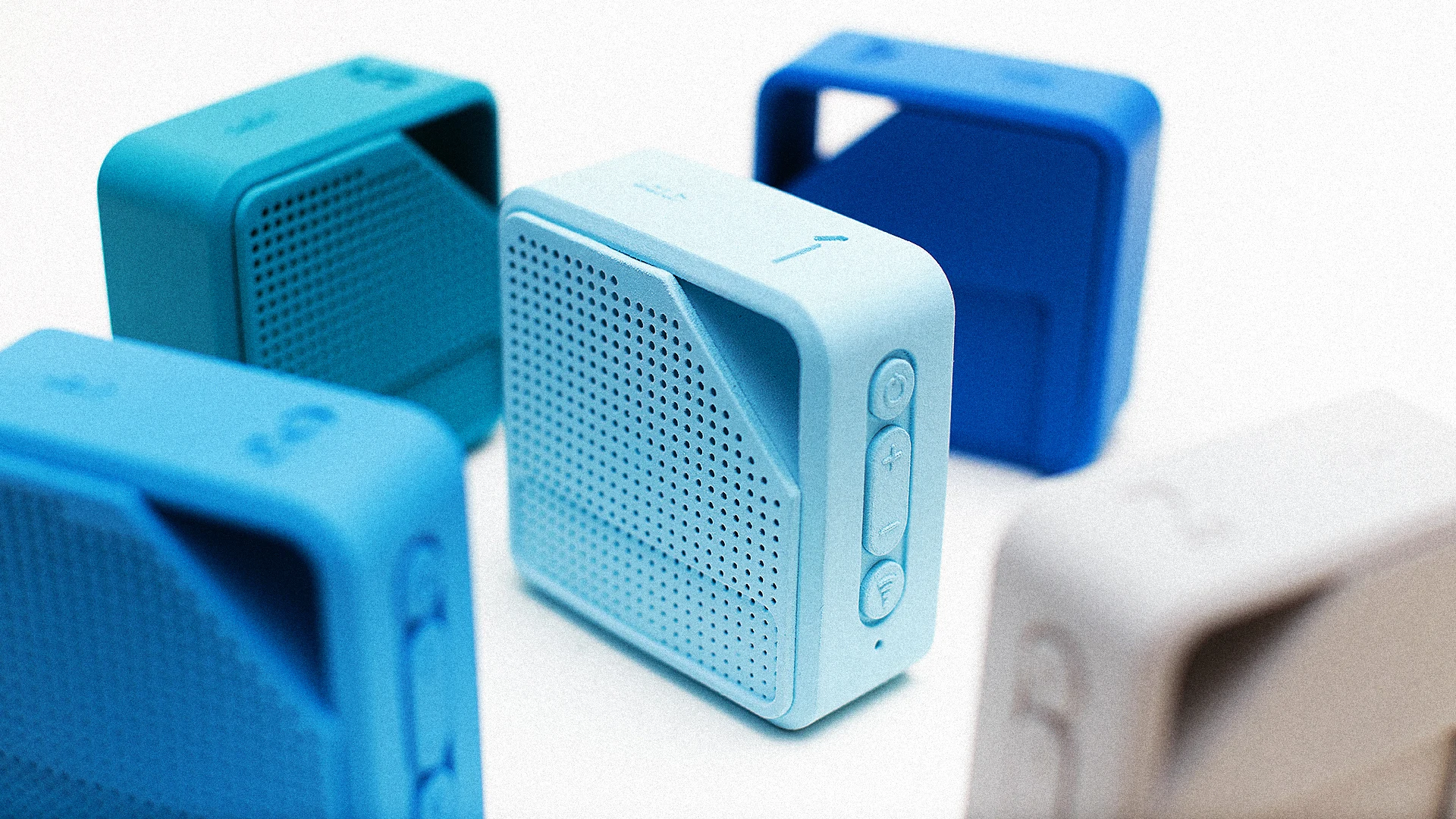Discover Ingenious Tools Designed for the Visually Damaged
The growth of ingenious devices for the aesthetically impaired stands for a substantial development in accessibility and self-reliance. Technologies such as clever glasses with AI capabilities and mobile applications made to offer acoustic descriptions are reshaping day-to-day experiences for individuals.
Smart Glasses for Navigating

Smart glasses made for navigation are transforming the means aesthetically impaired people connect with their environment. These sophisticated gadgets make use of a combination of video camera technology, expert system, and acoustic responses to offer real-time information concerning environments. By employing obstacle detection systems, clever glasses can alert users to possible threats, making it possible for safer wheelchair in both acquainted and unknown settings.
The combination of GPS technology further enhances navigating abilities, enabling individuals to receive auditory instructions as they move. This hands-free method not only cultivates self-reliance yet also equips aesthetically impaired people to browse city landscapes with enhanced self-confidence. Furthermore, many wise glasses are geared up with features that determine landmarks and road signs, offering contextual information that improves the customer experience.
In addition, the advancement of these devices is consistently progressing, with firms working to boost the precision of object recognition and broaden the variety of navigational functions. As wise glasses become extra accessible and budget-friendly, they hold the possible to dramatically change life for aesthetically damaged individuals. Ultimately, these cutting-edge tools represent a crucial action towards inclusivity, offering improved mobility and a greater sense of autonomy for individuals navigating the world around them.

Mobile Application for Daily Living
Just how can mobile applications improve the every day lives of aesthetically damaged people? Mobile applications are changing the way aesthetically impaired customers browse their settings, take care of everyday jobs, and accessibility details. These applications provide vital assistance via different capabilities, fostering freedom and improving high quality of life.
Numerous cutting-edge mobile apps are created especially for day-to-day living. For circumstances, applications like Be My Eyes link visually damaged individuals with sighted volunteers through video calls, enabling them to obtain real-time help with jobs such as reading labels or browsing strange spaces. Seeing AI, developed by Microsoft, utilizes synthetic knowledge to explain surroundings, reviewed text, and identify things, successfully transforming a smart device into a powerful device for day-to-day assistance.
Additionally, navigation apps tailored for the aesthetically damaged, such as Aira and BlindSquare, provide audio-based directions and environmental information, making it possible for users to traverse their environments securely and confidently. Past navigation and immediate assistance, mobile apps additionally sustain company and task management, with features that assist users set suggestions, create to-do listings, and track consultations. In summary, mobile applications work as essential resources, encouraging visually damaged individuals to lead more independent and meeting lives.
Wearable Technologies for Assistance
Empowerment through technology is progressively noticeable in the world of wearable tools created to help aesthetically damaged individuals. These ingenious devices incorporate seamlessly right into life, improving navigating and offering necessary responses to users. Wise glasses furnished with electronic cameras can check out and identify faces message aloud, allowing customers to communicate even more with confidence in expert and social setups.
Another noteworthy advancement is making use of haptic responses systems in wearable gadgets. These systems make use of resonances designer eyewear or various other responsive signals to share info about the user's environment, such as challenges or view it now changes in terrain, boosting movement and safety. Wearable innovations likewise consist of wristbands that link to smart devices, informing customers to notifications through refined vibrations, thus enhancing connection without reliance on aesthetic signs.
As these modern technologies proceed to evolve, they are not just boosting self-reliance for aesthetically damaged individuals yet also fostering a better sense of incorporation in society. By bridging the space between challenges faced in everyday living and the potential for freedom, wearable innovations act as essential devices in the quest for equal rights and empowerment for those with aesthetic disabilities.
Audio Summary Devices
Sound summary devices play a vital role in enhancing ease of access for visually impaired people, providing them with the capability to involve with aesthetic media. AI-powered visual aids. These tools use narrated summaries of crucial aesthetic elements in movies, tv shows, and live efficiencies, ensuring that customers can completely comprehend the context and feelings conveyed with visuals
Sound description can be incorporated right into different systems, including streaming services, cinema testings, and live theater. Many preferred streaming services now include audio description as an availability feature, allowing customers to select it conveniently. Along with traditional media, specialized applications likewise exist, offering audio descriptions for art exhibits, galleries, and other cultural occasions.
The performance of audio summary rests on the ability of the narrators, who must communicate visual details succinctly without interfering with the original sound. Developments in this field are likewise paving the means for even more customized experiences, where customers can adjust the degree of information and pacing according to their choices.
Braille Innovations and Tools
Braille innovations and gadgets have significantly changed the means visually impaired individuals communicate with message and info. Modern developments have led to the development of versatile tools that boost literacy and freedom amongst customers. Notably, Braille display technologies have actually evolved, enabling for dynamic analysis experiences. These gadgets convert electronic text right into Braille, enabling users to access a large variety of info on tablet computers, computer systems, and smartphones.
Moreover, portable Braille notetakers combine standard Braille input with modern-day functionalities, promoting note-taking, organizing, and file editing and enhancing on the move. Smart glasses Find Out More for the visually impaired. These compact gadgets commonly feature text-to-speech capacities, connecting the space between Braille and acoustic info
In addition, innovative Braille printers have emerged, permitting users to create Braille labels, documents, and academic products successfully. This ease of access promotes greater participation in specialist and instructional environments, eventually promoting inclusivity.
Additionally, research into clever Braille innovations continues to increase. Tools that integrate synthetic knowledge are being checked out to provide real-time navigating support and contextual info, enhancing the user experience in varied settings. Overall, these developments mirror a dedication to encouraging visually damaged individuals via technology, guaranteeing they can quickly accessibility and engage with the globe around them.

Verdict
The advancement of innovative tools for the aesthetically damaged significantly enhances independence and top quality of life. These modern technologies not just foster better addition but additionally advertise freedom in everyday tasks, ultimately contributing to a much more fair and available culture for aesthetically impaired individuals.
As clever glasses end up being a lot more budget friendly and accessible, they hold the prospective to substantially transform daily life for visually impaired individuals. Mobile applications are reinventing the means aesthetically impaired individuals navigate their atmospheres, handle day-to-day jobs, and accessibility information. Apps like Be My Eyes link visually impaired individuals with sighted volunteers using video clip phone calls, enabling them to get real-time aid with jobs such as reading labels or navigating strange areas.Furthermore, navigation apps customized for the aesthetically impaired, such as Aira and BlindSquare, offer audio-based directions and environmental info, allowing customers to traverse their environments securely and with confidence.The improvement of cutting-edge devices for the aesthetically damaged substantially boosts self-reliance and top quality of life.